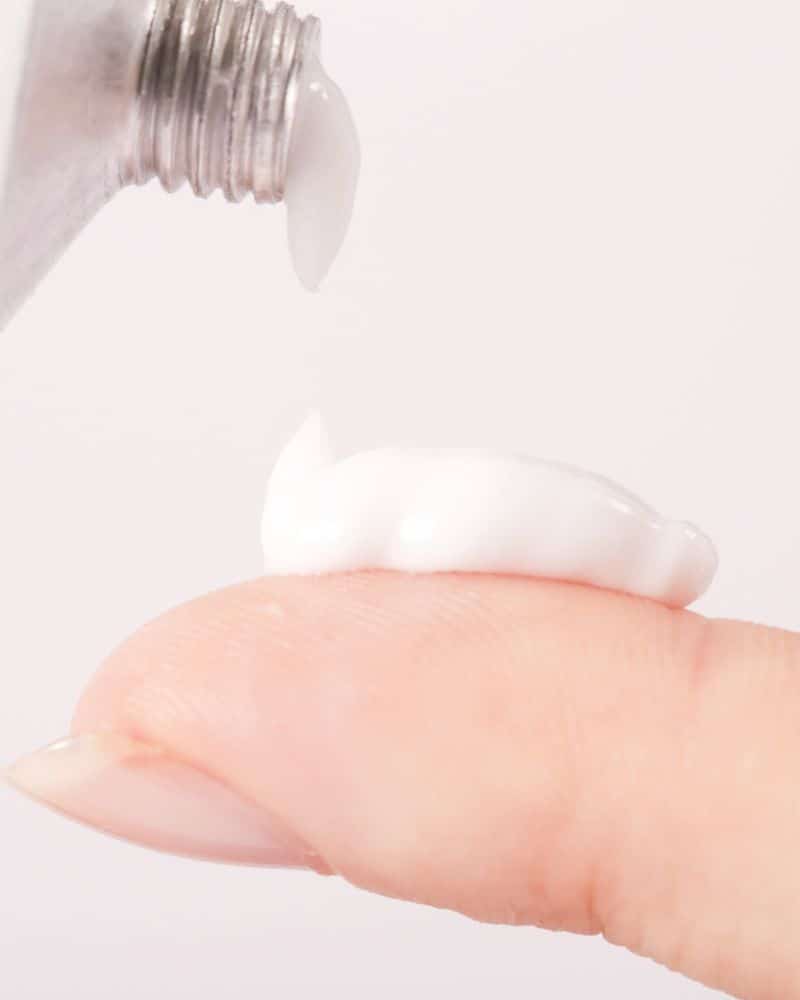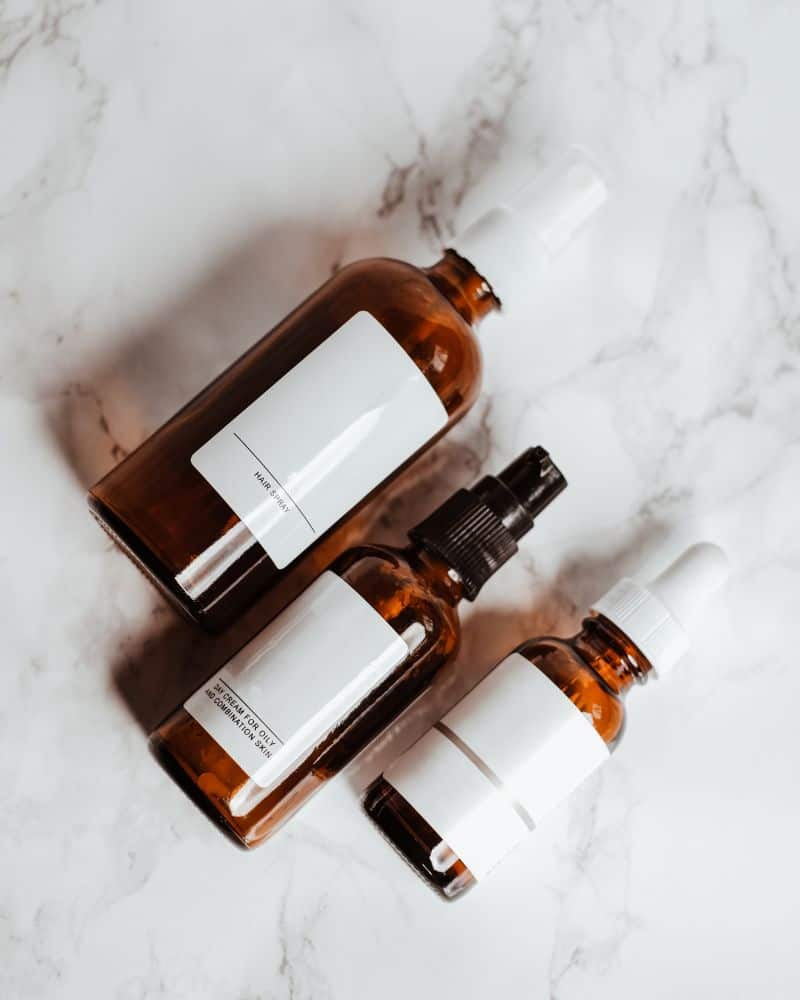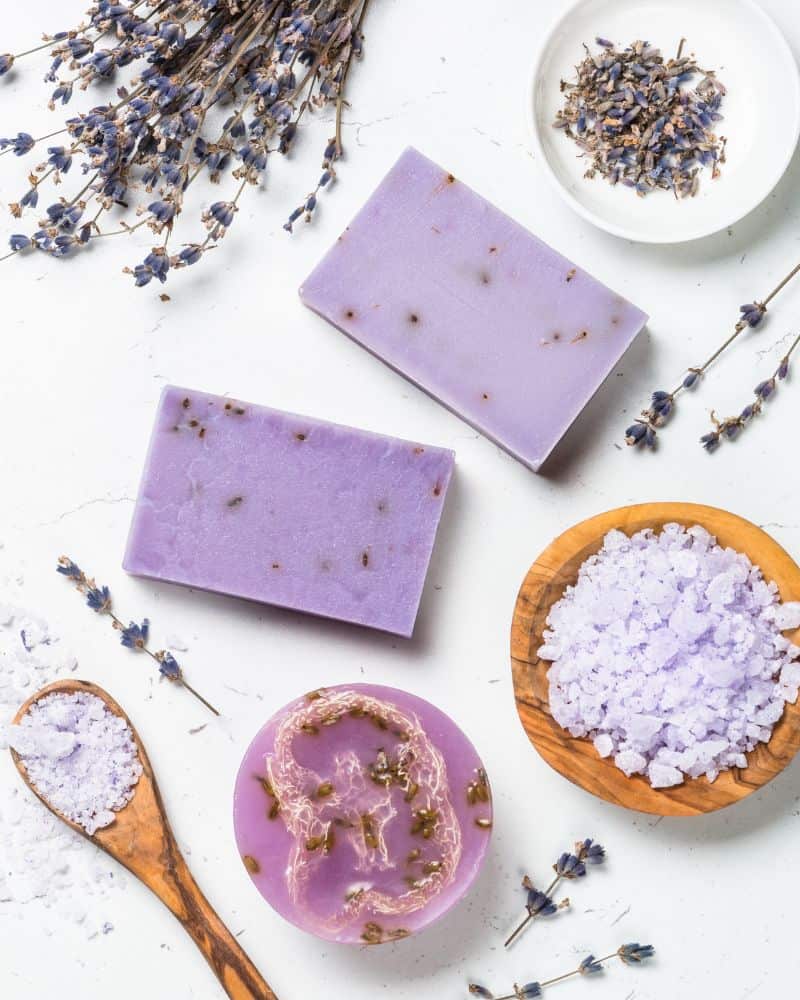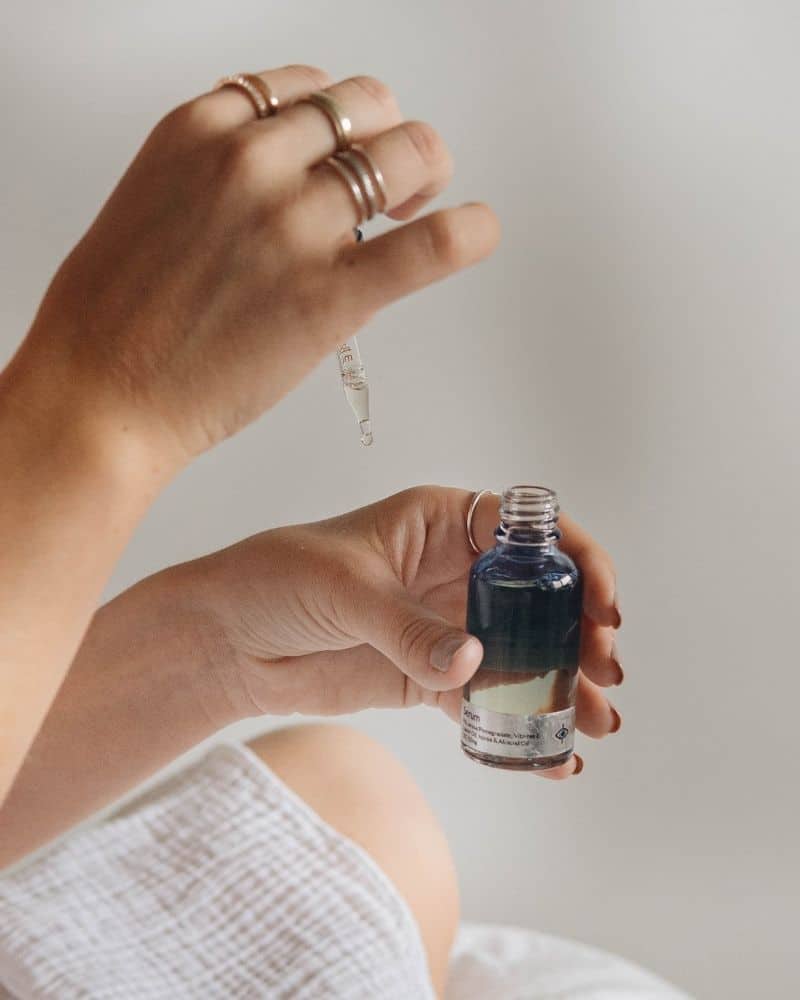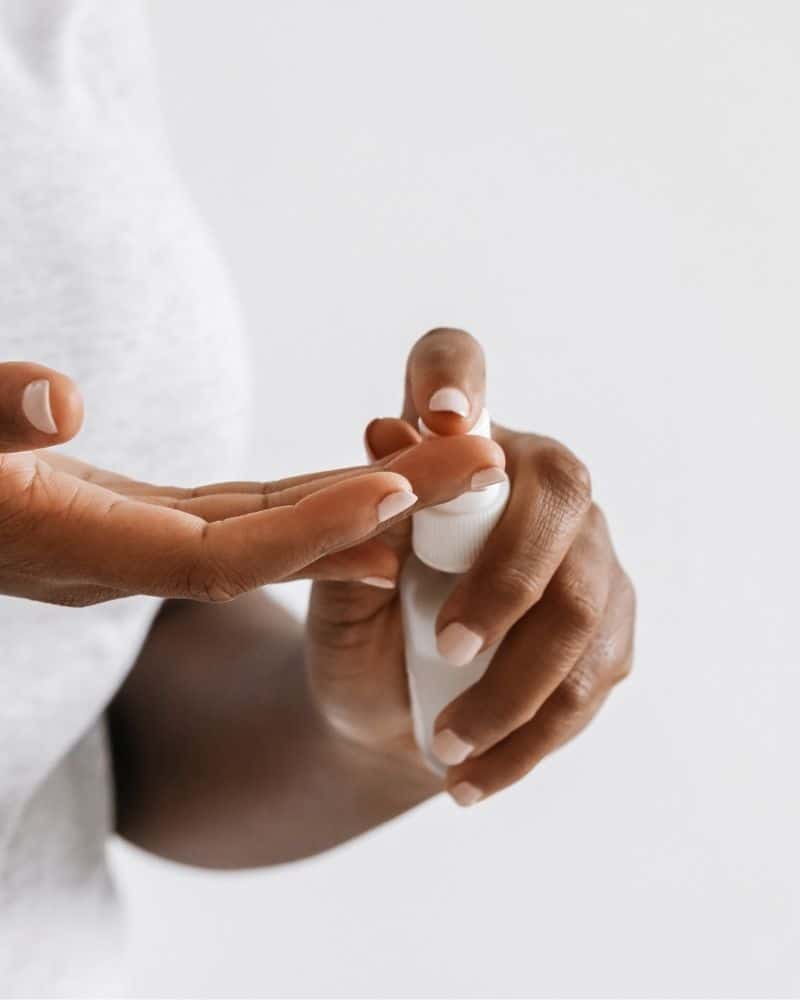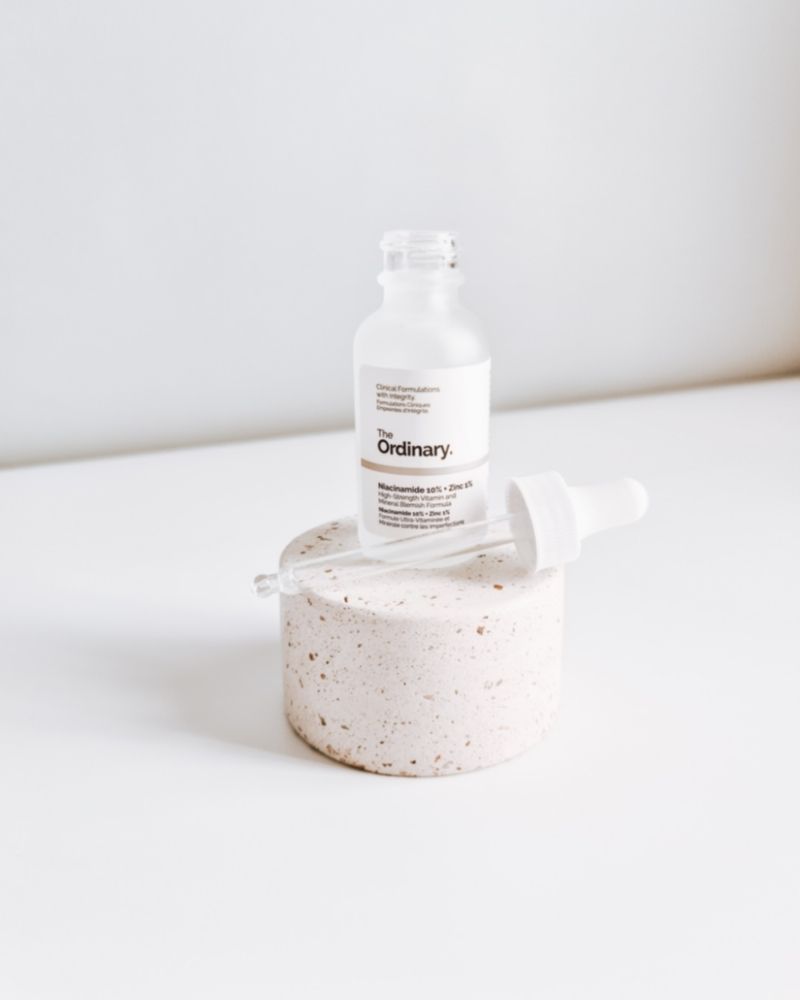Is Azelaic Acid An AHA or BHA?
This post may contain affiliate links.
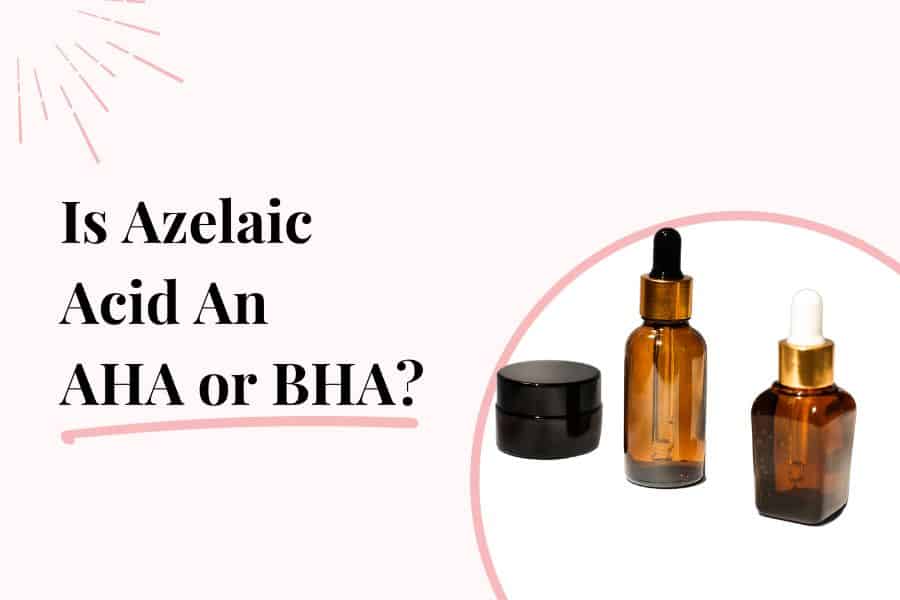
With so many chemical exfoliants on the market, it can be hard to keep them all straight. One exfoliant that’s becoming increasingly popular is azelaic acid. It’s known for its ability to smooth skin, fade hyperpigmentation, reduce redness and more. But what kind of chemical exfoliant is azelaic acid? Since they all have the word acid in them it’s easy to think that they’re all the same. But there are actually many different types of acids in skincare. Is azelaic acid an AHA or BHA or something completely different? Let’s find out!
What is Azelaic Acid?
Azelaic acid is a natural substance found in whole grains and other plant-based foods. It’s also produced by yeast that lives on our skin. Commercially, azelaic acid is derived from wheat germ or barley. In terms of skincare, azelaic acid is used as an ingredient in many different products, including cleansers, toners, moisturizers, and serums.
Azelaic acid is a natural substance that is found in whole grains like wheat, rye, and barley. Although it’s naturally occuring, synthetic Azelaic Acid is usually used in skincare products.
Azelaic acid is also produced by yeast that lives on our skin.
It’s an effective acne treatment because it kills acne-causing bacteria, reduces inflammation and redness. It’s FDA approved to treat both acne and rosacea.
Azelaic acid can be found in over-the-counter (OTC) products in concentrations of 10% or less or in prescription-only products in higher concentrations.
Azelaic acid is a keratolytic, an antibacterial, antioxidant, and anti-inflammatory that helps to break down dead skin cells and improve skin texture. And even though Azelaic Acid is a powerhouse ingredient, it’s actually very gentle on the skin and is one of the best exfoliants for those with sensitive skin because it’s much more gentle than other ingredients like retinoids or BHA’s.
While it might not be the first ingredient to come to mind (or maybe even at all), azelaic acid is a favorite of dermatologists for both its gentleness and versatility. It helps with a ton more than just acne breakouts: It may help banish other forms of bacteria and reduce redness brought on by different skin conditions such as rosacea or hyperpigmentation.
Related post: Azelaic Acid Vs Alpha Arbutin For Hyperpigmentation
What Does Azelaic Acid Do?
Azelaic acid has many benefits for the skin. First and foremost, it’s an effective anti-inflammatory agent. This means that it can help reduce redness and irritation associated with conditions like acne and rosacea. Azelaic acid is also a powerful antibacterial agent. This means that it can also help to kill acne-causing bacteria. Finally, azelaic acid is a gentle exfoliant, so it can help to unclog pores and reduce the appearance of blackheads, whiteheads, and other blemishes.
- Anti-Bacterial – Azelaic acid has anti-inflammatory and antibacterial properties that make it ideal for acne-prone skin. It kills acne cause bacteria which treats active acne and helps prevent new acne from forming
- Anti-Inflammatory – Azelaic acid is anti-inflammatory so can reduce redness, swelling, and inflammation. This makes it perfect for individuals with sensitive skin or ailments like rosacea or eczema, but it can also help reduce inflammation associated with acne
- Smooths Texture – Azelaic acid aids in the breakdown of the attachments that hold dead skin cells together, resulting in smoother, brighter, and softer skin.
- Keratolytic – Azelaic acid’s keratolytic properties help to break down dead skin that that can lead to clogged pores and acne which can help with closed comedones and other textural issues
- Treats Roseacea – Rosacea is a common skin condition that can cause redness, inflammation, and pimple like lesions. Azelaic acid is one of the most efficient rosacea treatments since it helps to reduce redness, swelling, and bumps associated
- Fades Hyperpigmentation – Azelaic acid is also great for fading dark spots and hyperpigmentation, including acne scarring by inhibiting the creation of an enzyme called tyrosinase, which is important in melanin synthesis (which is what creates pigment)
- Treats & Prevents Acne – Azelaic acid is also useful for treating and preventing acne. It helps to kill bacteria, unclog pores and reduce inflammation which are all key in treating acne
Is Azelaic Acid an AHA or a BHA?
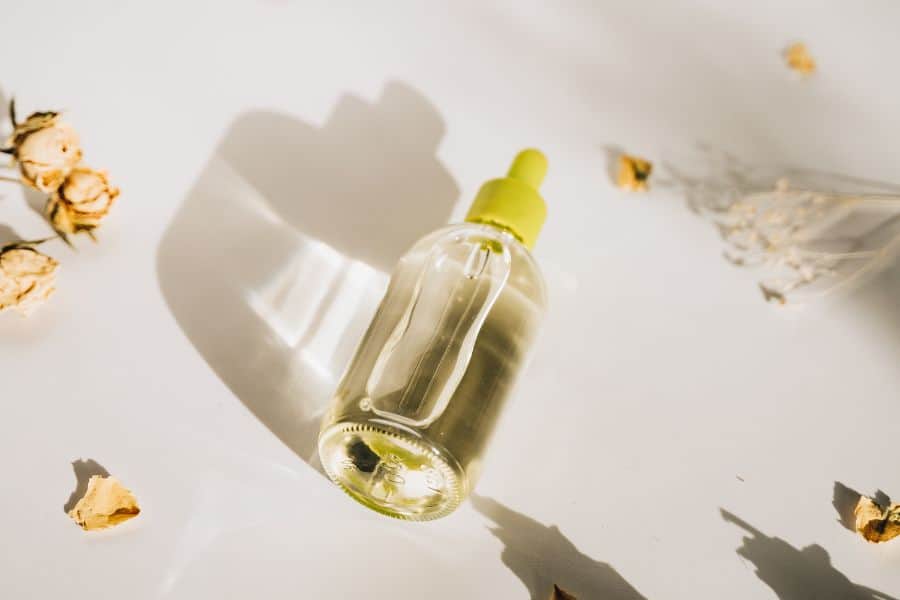
No, azelaic acid is neither an AHA nor a BHA. Azelaic acid is a type of dicarboxylic acid, whereas AHA’s and BHA’s are alpha-hydroxy acid and beta-hydroxy acid, respectively.
Although they are similar, there are some important differences between AHA’s/BHA’s and azelaic acid.
Azelaic acid belongs to a family of acids called dicarboxylic acid. AHA and BHA belong to a family called hydroxy acids. Though all 3 of them are types of exfoliants, AHA’s and BHA’s are most similar to each other, whereas azelaic acid is pretty different from them.
They are structurally very different from each other, therefore, they provide different benefits to the skin and work in different ways.
Related post: Is Azelaic Acid Or Benzoyl Peroxide Better
What Is Azelaic Acid Considered?
Azelaic acid is considered an dicarboxylic acid. Dicarboxylic acids are a family of compounds that consist of two carboxylic acid groups (-COOH) connected to each other by a carbon atom. They are found in nature, but can also be synthetically produced.
These dicarboxylic acids are structurally very different from AHA’s and BHA’s, which are hydroxy acids. Hydroxy acids only have one carboxylic acid group (-COOH) connected to a hydroxyl group (-OH).
What makes them different is their chemical structure. And unless you studied organic chemistry, you’ll be hard pressed to pick out the differences between each of these acids.
The difference in structure between azelaic acid and AHA’s/BHA’s results in different properties and benefits for the skin.
Essentially, all of these acids will provide exfoliation, but they work differently and have different side effects.
The main difference between azelaic acid and other acids is that azelaic acid is much more gentle. This makes it ideal for those with sensitive skin or for those just starting to use acids. It’s also great for reducing redness and inflammation, which is why it’s commonly used for rosacea.
Is Azelaic Acid An Exfoliant?
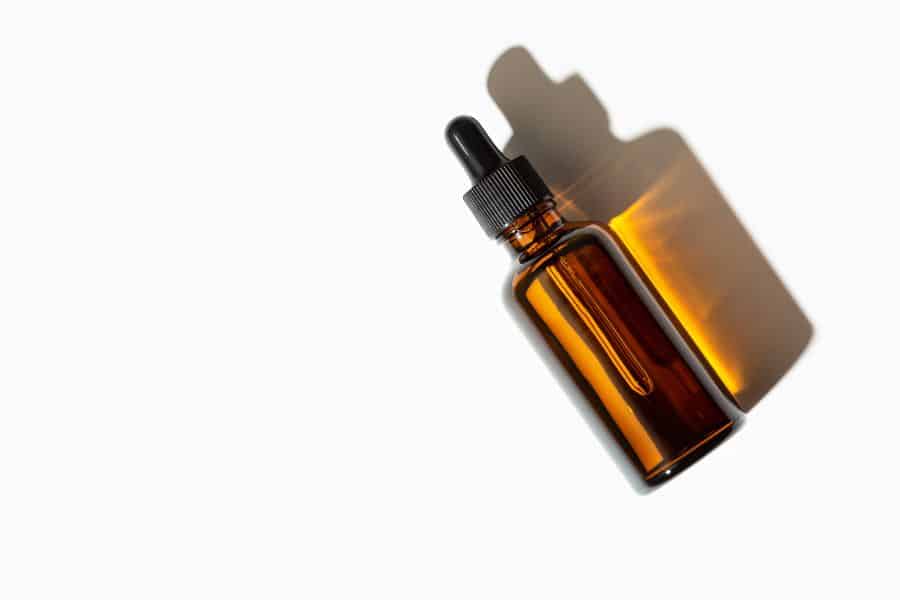
Yes, azelaic acid is considered an exfoliant. Like AHA’s and BHA’s, azelaic acid exfoliates dead skin cells away for smoother and brighter skin. Azelaic acid is an incredible exfoliant that’s effective, yet gentle.
This makes it ideal for those with sensitive skin or reactive skin types.
Is Azelaic Acid An AHA or BHA? Wrap Up
Azelaic acid is a multifunctional ingredient that offers many benefits for the skin. It’s an effective anti-inflammatory agent, antioxidant, antibacterial agent, and gentle exfoliant. Although it’s not the same as AHA’s or BHA’s, it’s still an incredible ingredient that offers many benefits for the skin. From smoothing out skin texture to treating rosacea, azelaic acid can just about do it all. If you’re looking to add an exfoliant that will help fade acne scarring or hyperpigmentation, azelaic acid may be a good choice. It’s a bit less harsh than hydroxy acids but still effective at sloughing off dead skin cells, fading hyperpigmentation and treating acne without the dryness or irritation that often come along with hydroxy acids like AHA or BHA.
